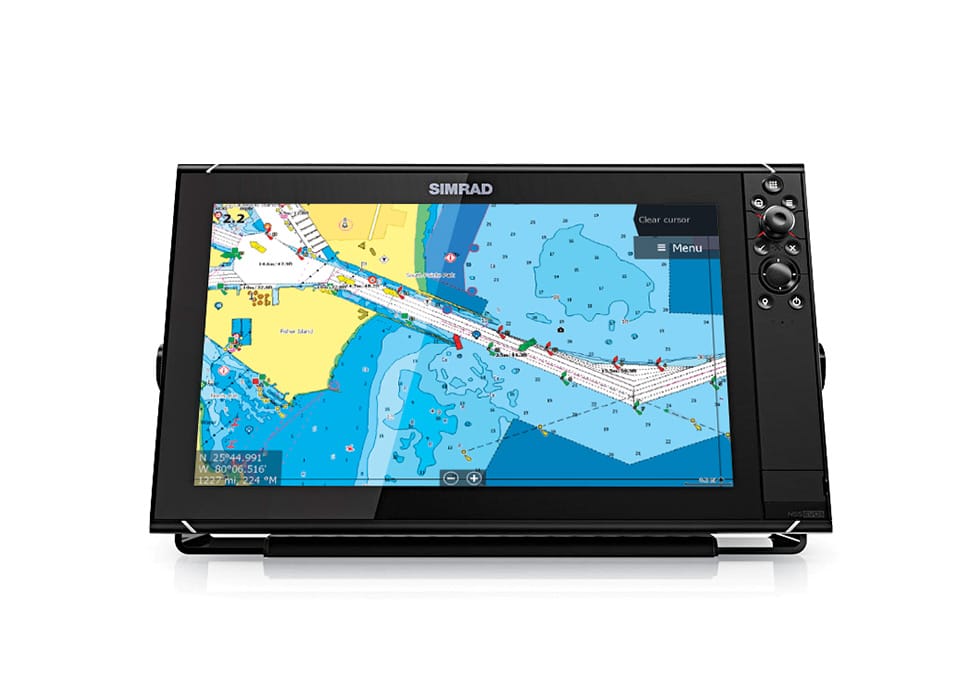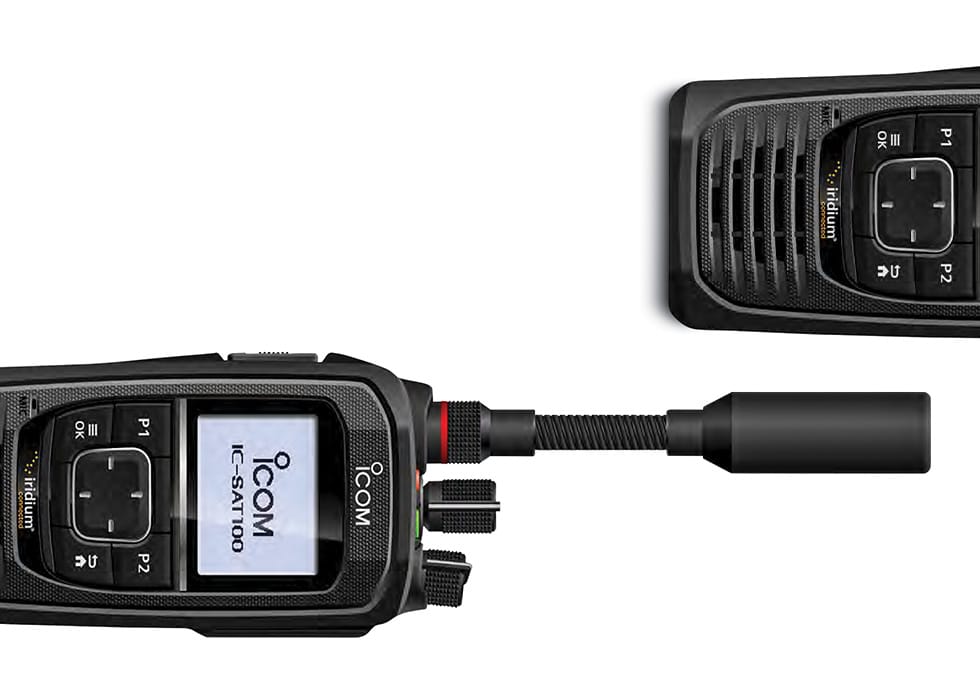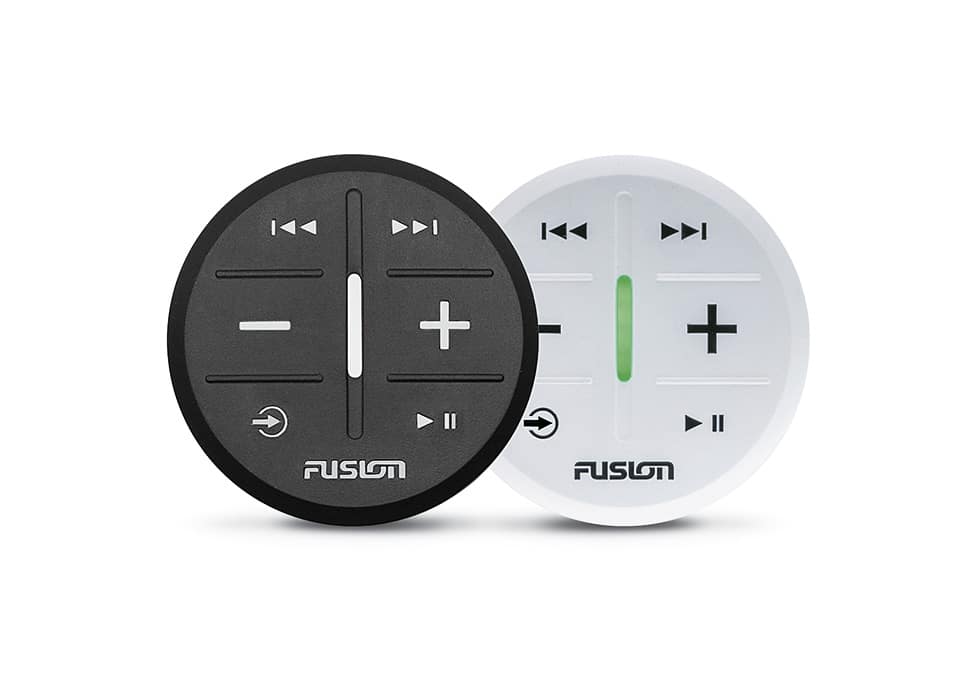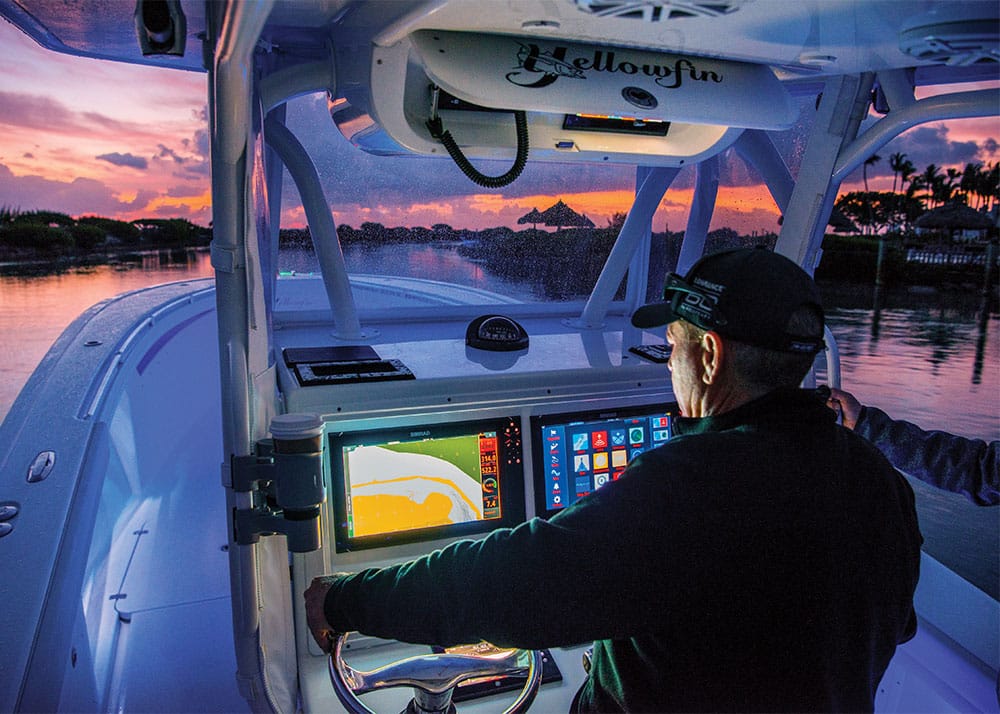
More often than not, I cast off in darkness, sometimes bound for offshore grounds, other times to ply coastal waters when nighttime tides prove favorable. No matter the reason, and despite decades of night-boating experience, it still puts me on edge. Nothing at night appears as it does in the reassuring light of day. Familiar objects fade to ghostly silhouettes, if you can see them at all, and distances become difficult to gauge.
Today, advances in radar, thermal imaging and light-amplification technologies render night boating much safer than in the past. Night boating still requires prudent seamanship and alertness, but the latest electronics improve your level of situational awareness.
Let’s look at products that help guide the way in the dark of night.
Doppler Effect With a scanning antenna that broadcasts radio signals and then displays the returning signals to identify potential hazards, marine radar has helped anglers navigate safely for nearly 50 years. Yet the incorporation of Doppler technology elevates recreational radar to a new level of practicality.
Now available on solid-state models from Furuno, Garmin, Raymarine and Simrad, Doppler technology recognizes targets moving toward you, changing the color of the return on the display to make collision risks instantly recognizable.
Furuno was among the first to offer a Doppler feature — which it calls Target Analyzer — in its DRS4D-NXT 24-inch dome radar ($2,600) that debuted in 2016. The series has since expanded to include DRS6D-NXT, which includes 3.5-, 4- and 6-foot open-array antennas. All network with a Furuno NavNet TZtouch or TZtouch2 multifunction display.
With Target Analyzer, returns that are stationary or moving away from your vessel are green, while targets moving toward you turn red. The Doppler systems in Garmin’s Fantom GMR, Raymarine’s Quantum 2 and Simrad’s Halo radars function in the same manner. Combining a Doppler-capable marine radar with chart plotting and an AIS transceiver further enhances safety at night.
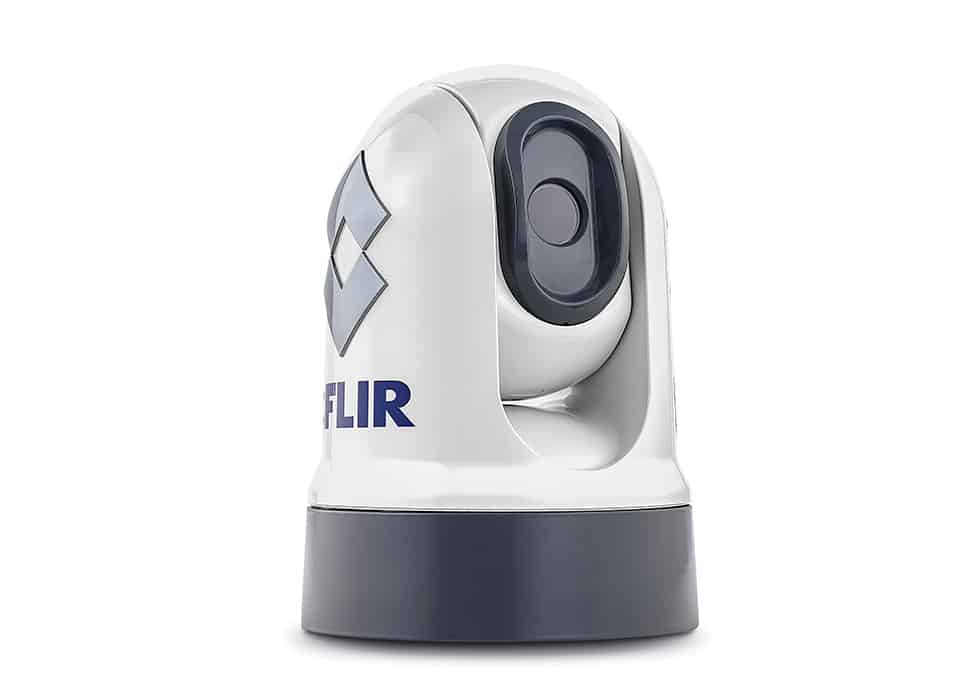
Thermal Activity Marine thermal-imaging systems from companies such as FLIR and Iris detect the heat signatures of objects (infrared radiation that’s invisible to the human eye) to see, even in the total absence of light. I have found this helpful when I want to eyeball the waters ahead for hazards, particularly low-lying obstacles such as floating timber or crab-pot buoys that radar simply cannot pick up.
Marine thermal-imaging systems are available in a range of products and prices, from handheld scopes such as the FLIR Ocean Scout TK ($599) and Iris 240 ($2,750) to the FLIR M400 gyrostabilized multisensor camera (up to $70,000). The level of definition varies from model to model, but the images on all systems are monochromatic.
Fixed-mount cameras display their thermal images on a networked touch-screen MFD. The FLIR M232 ($3,499) allows you to pan, tilt and zoom so you can search for and identify hazards.
FLIR’s sister brand, Raymarine, takes the utility of the M232 a step further with a feature known as ClearCruise intelligent thermal analytics. Combine the M232 with a Raymarine Axiom MFD and the ClearCruise feature to get both audible and visual alerts when objects such as boats, buoys and other obstacles appear.
Based on my experience with thermal-imaging systems, non-stabilized fixed-mount models such as the M232 work well on calm waters, but as the boat pitches and rolls in choppy seas, the image can be difficult to decipher due to the excessive motion. A gyrostabilized fixed-mount camera such as the FLIR M324S ($8,995) solves this.
A handheld thermal-imaging scope, the least expensive option, is often more practical than a non-stabilized fixed-mount model. The user, somewhat isolated from the boat motion, can apply a steady hand to scan the darkness. Some handheld models such as the FLIR Ocean Scout 320 ($2,499.99) also network with MFDs for viewing by more than one person.
Blinded by the Light Sometimes, it’s not darkness so much as it is the blinding backscattering of coastal lights that obscures objects, especially in busy ports. Raymarine’s ClearCruise AR (augmented reality) dramatically helps with the identification of navigation aids under these circumstances, says Jim McGowan, marketing manager for FLIR/Raymarine.
This system integrates an Axiom MFD with a Raymarine CAM210 HD marine video camera ($699.99) to detect objects on the water and then, using the new Raymarine AR200 video stabilization module ($499.99), overlays symbols for those objects on the chart plotter. Even though the AR system does not use thermal imaging, it offers real benefits at night.
“The navigation-aids layer on augmented reality will put up the identification flags on the horizon, pointing out where they should be among the other lights,” McGowan explains.
Seeing Is Believing Low-light-amplification technology represents another way to pierce the darkness. Like thermal imaging, these night-vision systems were born in military and law-enforcement applications, but emerged in recreational products by the late 1990s.
Unlike thermal imaging, night vision requires some level of ambient light — as little as a few stars in the night sky — which it electronically amplifies. Night-vision technology exists largely in handheld scopes.
Early night-vision systems produced images with an eerie monochromatic green glow, and some scopes were subject to severe damage if exposed to bright light. However, the latest generation from SiOnyx takes light-amplification technology to a level that includes higher definition and full color.
SiOnyx describes its Aurora handheld scope ($799) as a day/night action camera utilizing “ultra-low-light technology.” This enables color images and video during the day and twilight, combined with high-resolution viewing in near-total darkness, according to SiOnyx. Bright light will not damage the photo receptors.
I had an opportunity to use the Aurora on the water at night and can attest to its characteristics. The natural field of view is a cinch to interpret.
The Aurora includes a GPS, an accelerometer, a compass and a clock to accurately guide your way, day or night. The GPS will geotag and time-stamp images and video.
Thanks to advances in radar, thermal imaging and low-light amplification, you can venture out at night with more confidence, less trepidation and greater safety than ever before.
